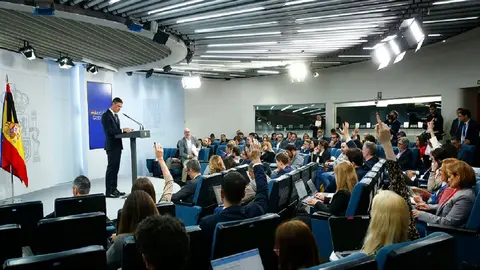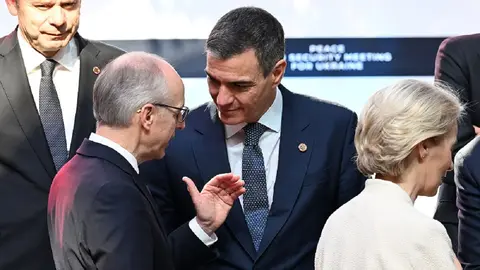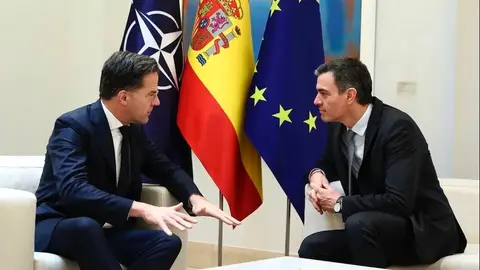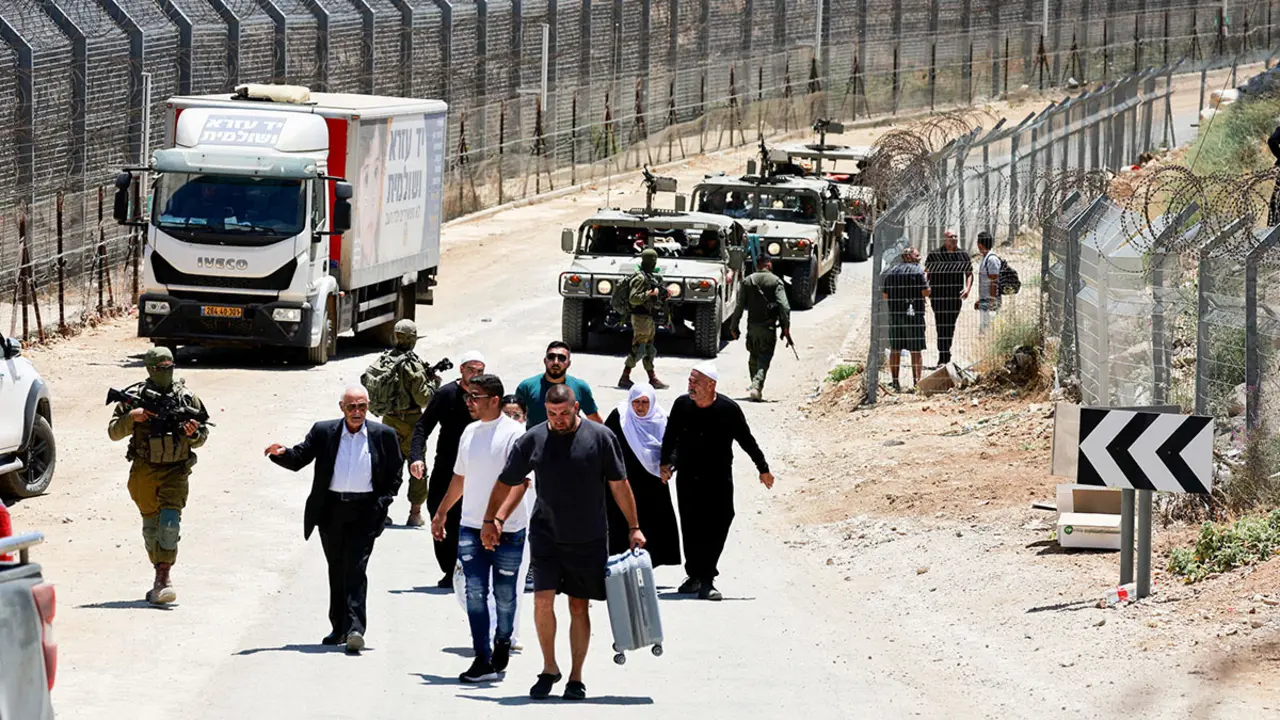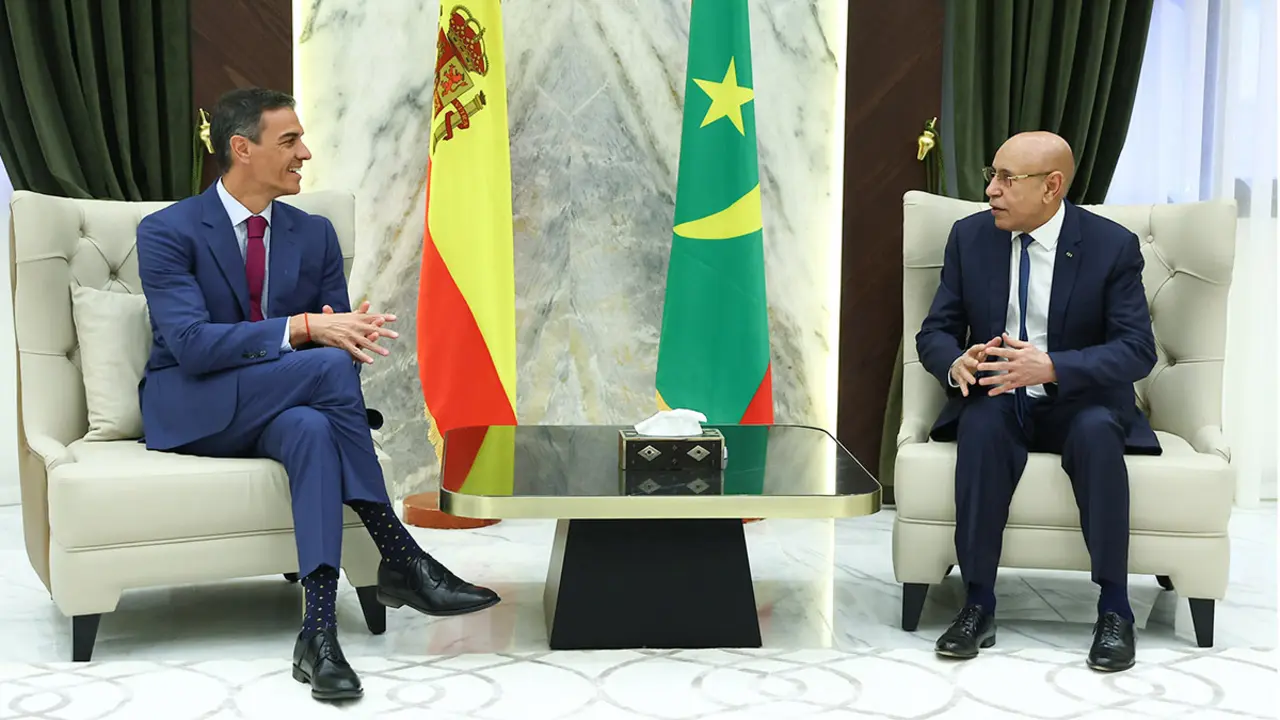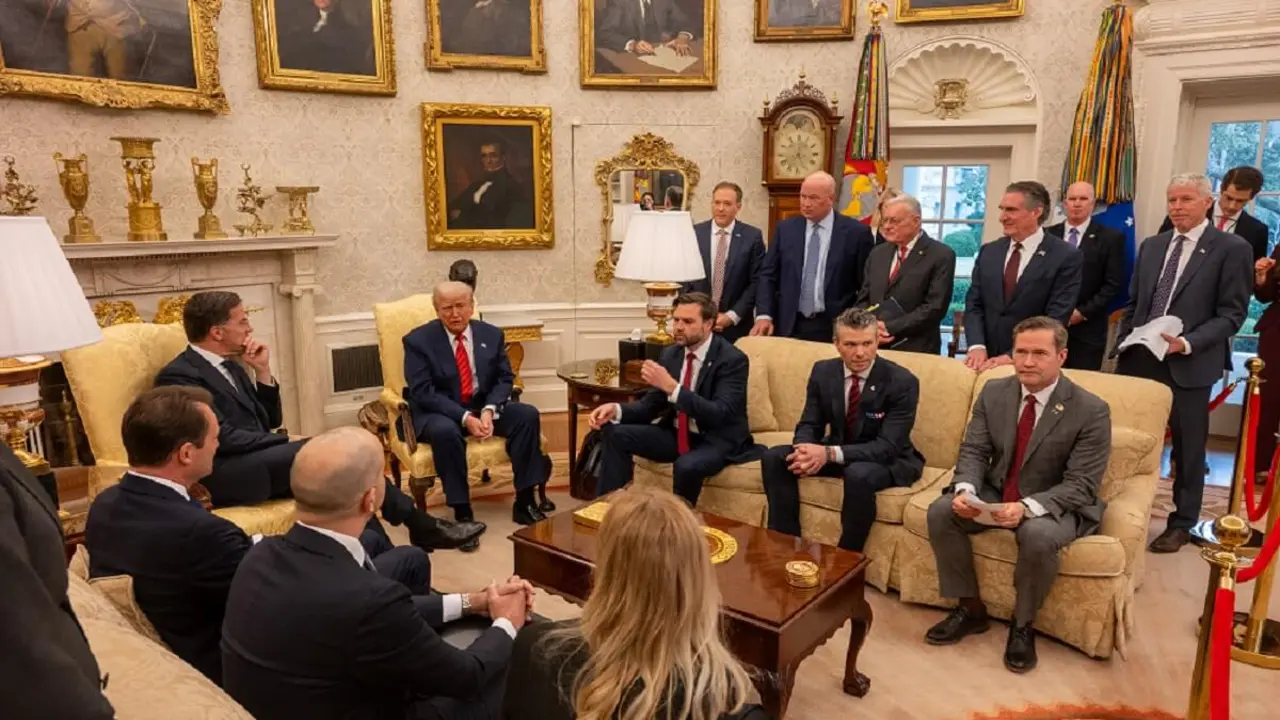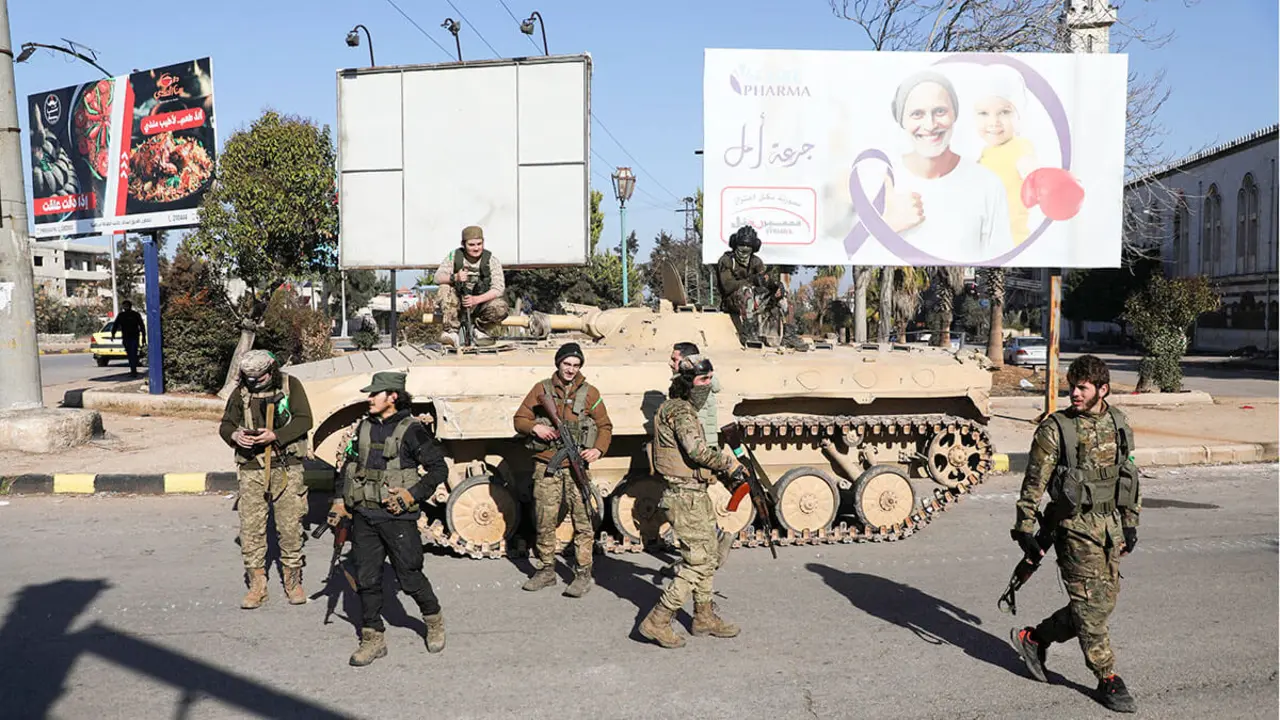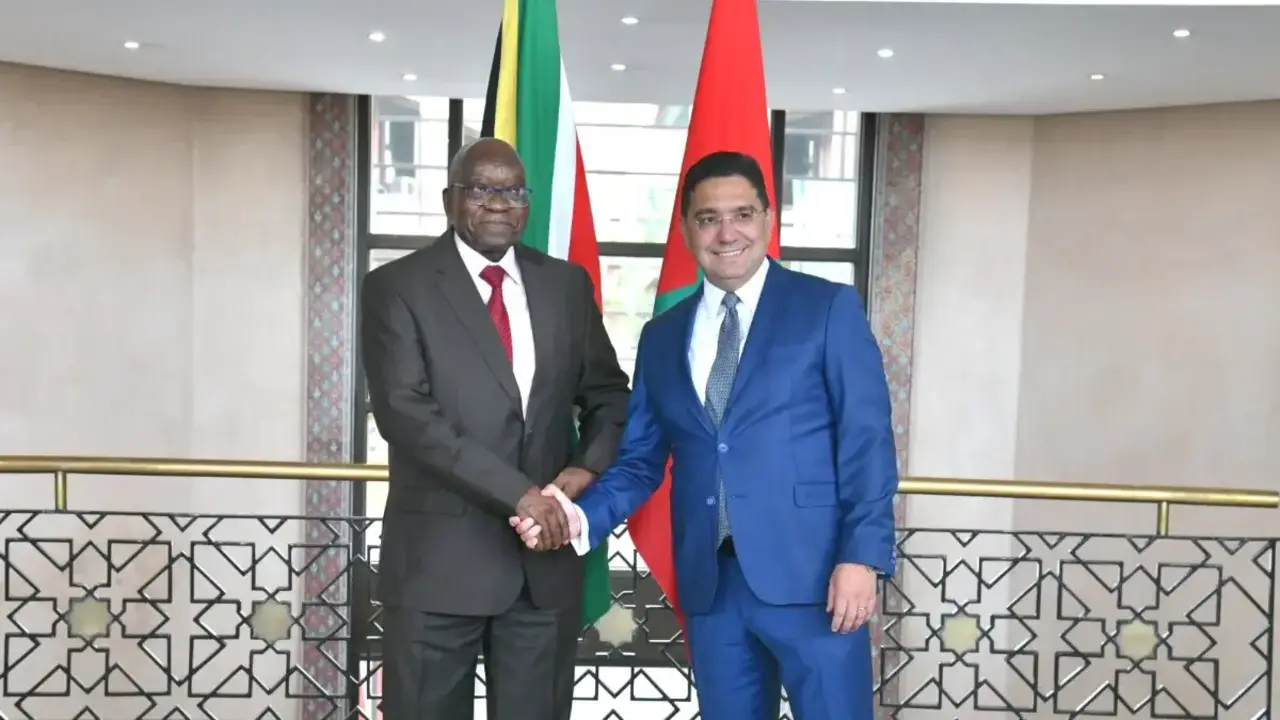Sánchez reluctantly accepts the 5% menu that NATO will serve at its June summit in The Hague
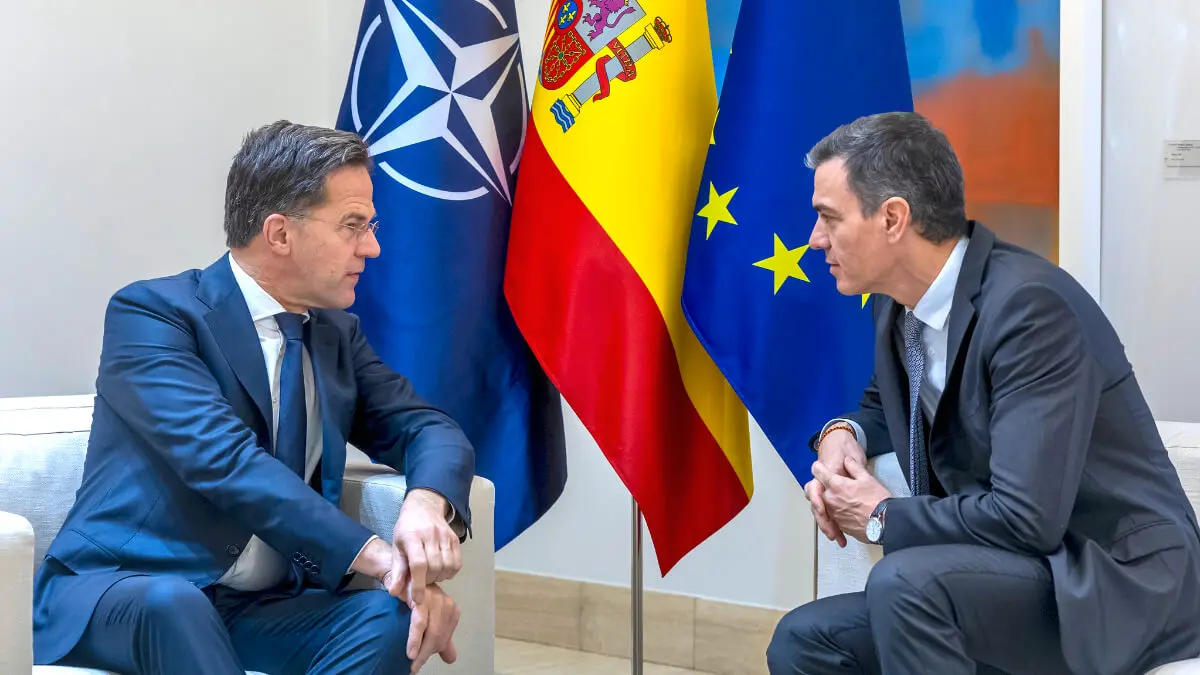
President Pedro Sánchez has finally given in and agreed that Spain will devote 5% of its GDP to defence by the mid-2035s, as the Trump administration has communicated to its Atlantic Alliance allies through the organisation's secretary general, Dutch Prime Minister Mark Rutte.
Although it is not yet public or official, the fact that the ministers of Sánchez's coalition government are willing to give in to the 5% demand, some with serious expressions, others with smiles, but in both cases reluctantly, will be a kind of culmination of the oft-repeated phrase uttered by the Minister of Defence, Judge Margarita Robles, that ‘Spain is a serious, reliable and committed ally of NATO’.
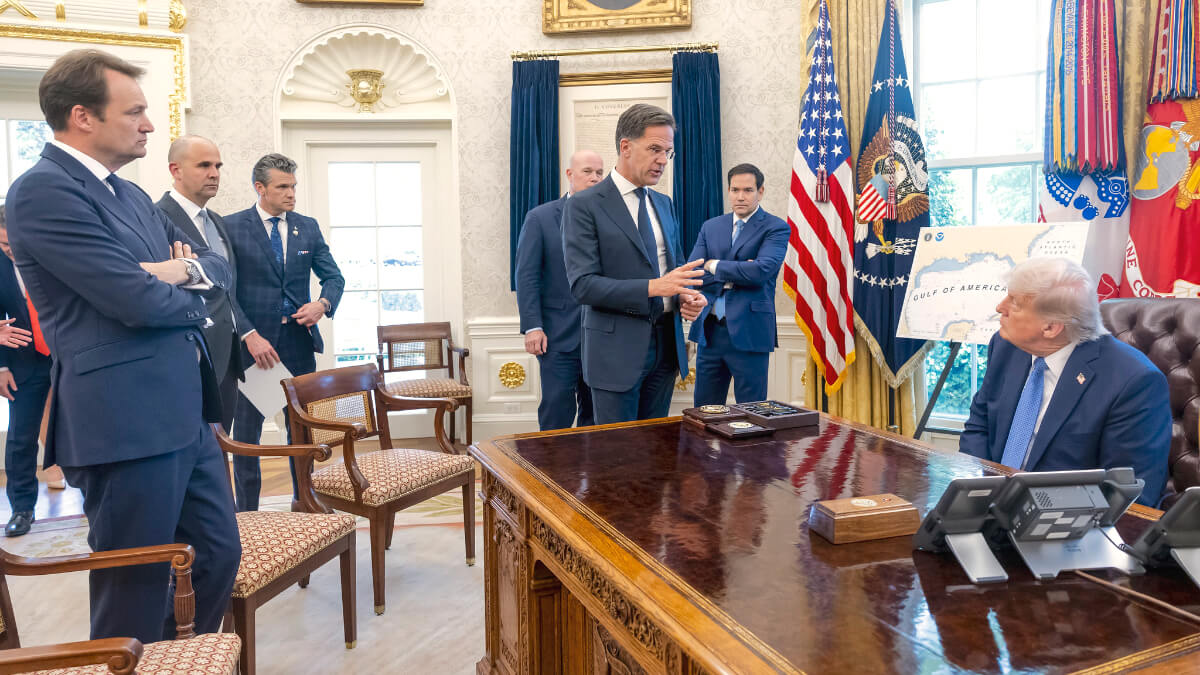
The Spanish Prime Minister has already given his formal consent to the substantial increase that will take place in the second half of June, as have the newly appointed German Chancellor, Friedrich Merz; the French President, Emmanuel Macron; the Italian Prime Minister, Giorgia Meloni; the new Canadian political leader, Mark Carney; and the other twenty or so European NATO partners.
This is the demand made by Donald Trump, which has been endorsed by Mark Rutte and is already in the hands of the 32 heads of state and government of the Alliance's member nations. All of them have already confirmed that they will endorse the increase to 5 per cent at the summit that the defence organisation has scheduled for 25 June in The Hague, the seat of the Dutch monarchy and government.
With just over twenty days to go before NATO's biannual meeting at the highest level, the permanent representatives of the allied nations, both small economies such as Estonia, Lithuania and Latvia and large ones such as Germany, France, Italy and the United Kingdom, have followed the instructions of their respective capitals and agreed that ‘dedicating 2 per cent of GDP to defence is no longer enough’.
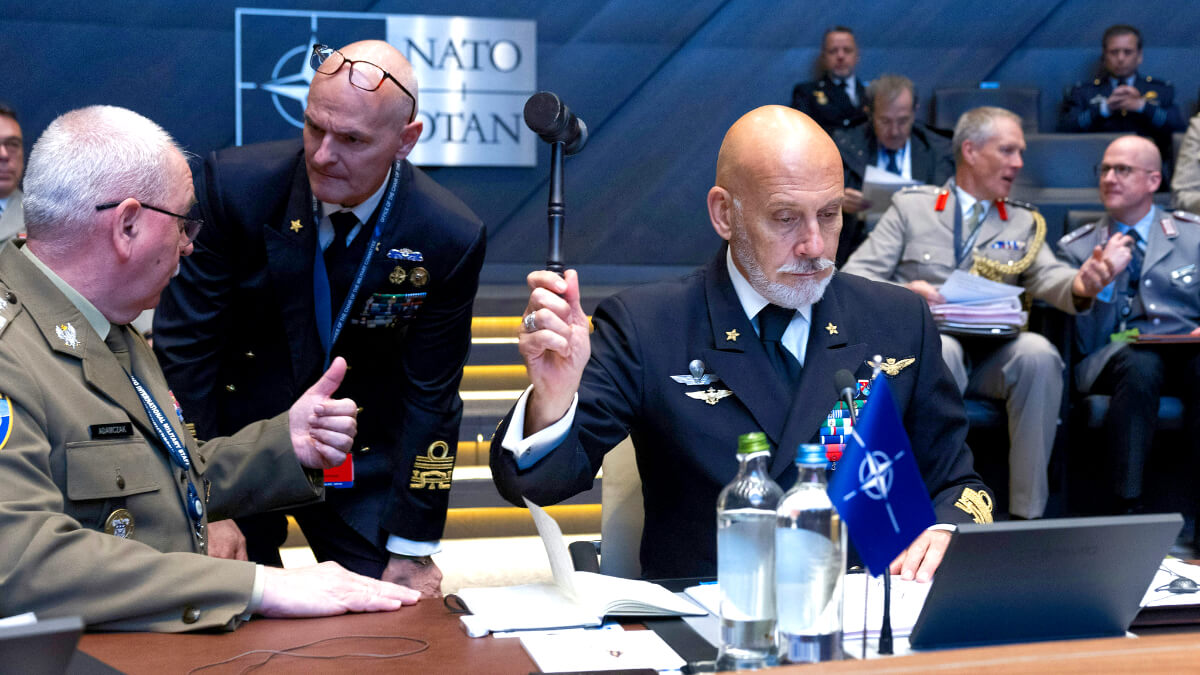
Rutte's magic formula
Mark Rutte, his deputy, the former Minister of Defence of North Macedonia, Radmila Shekerinska, and the Chairman of the Military Committee, Italian Admiral Giuseppe Cavo Dragone, have met over the last three months with the Spanish ambassador to NATO, Federico Torres, and with all the representatives of the member states. The result is that the secretary general has agreed on and drafted several ‘very ambitious’ proposals which, ‘in their broad parameters, have already been approved by the 32 nations... although in some cases reluctantly,’ as in the case of Spain.
To resolve the controversial issue of all allies being able to reach the 5 per cent target, Rutte has put forward a ‘magic formula’, as described by a senior Alliance official who wishes to remain anonymous. The planned timeframe for achieving this has been set at ‘a maximum of ten years’, i.e. 2035 and not 2032, as was initially proposed and immediately rejected.

The first and main component of Rutte's formula is called the ‘New Defence Spending Plan’ and is based on two pillars, according to NATO headquarters. Following the summit in The Hague, the requirement to allocate 2% of GDP to defence spending, as agreed at the Cardiff summit (United Kingdom) in September 2014, has been raised for each nation to 3.5%, which must be used for what the Alliance calls ‘hard defence’.
‘Reaching 3.5 per cent is the priority,’ they say at the Alliance's headquarters in Brussels, and the mechanism that will make this possible is the implementation of NATO's strict defence planning process. Senior officials from the organisation confirm that Pedro Sánchez's government ‘has already committed to reaching that 3.5%, as have the rest of the NATO countries’.
During his visit to Norway in mid-May, Mark Rutte stressed that ‘it is not about spending more for the sake of spending more. We are doing it because we have to develop the capabilities that, collectively as NATO, we need to guarantee our security today and in three, five or seven years' time.‘ The politician who took the reins of the organisation last October repeatedly stresses that ’Russia is actively rebuilding itself’ and that increasing defence budgets is also a way of ‘rebalancing the announced gradual reduction of the United States' military presence in Europe’.
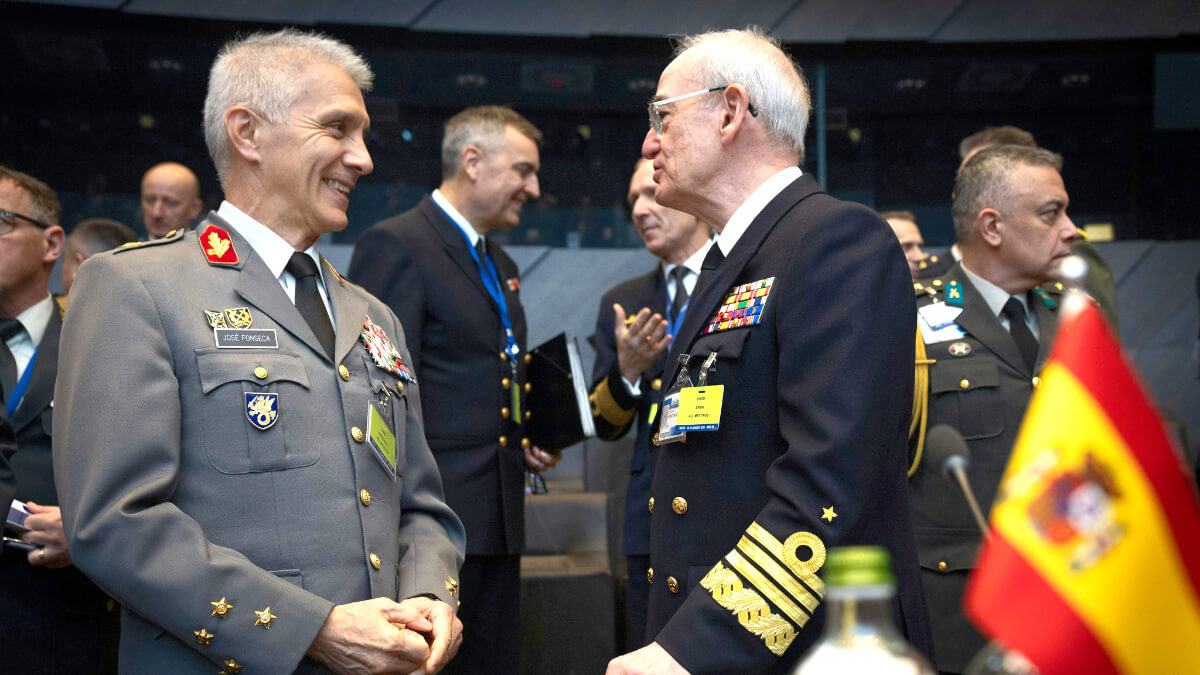
The defence industry will be the main beneficiary of the 5 per cent
The second course on the main menu that the secretary general will serve hot at the table in The Hague is a 1.5 per cent increase to 3.5 per cent, bringing the total to the 5 per cent demanded by Washington. ‘We are going to invest more in basic defence spending, but also in defence-related spending,’ Rutte summarises. This second tranche is designed to address infrastructure investments, improve military mobility, combat hybrid and cyber threats, and substantially strengthen military resilience.
At NATO headquarters, they insist that the 1.5 per cent is not a mere catch-all category in which anything goes. The Alliance's civilian and military experts are working around the clock to define the criteria that can be included to consolidate the protection and defence of each allied country. Sources in Brussels indicate that The Hague is expecting a ‘fairly generic’ agreement, which will be defined in greater detail after the summit, although one aspect on which there is agreement is that the package will include measures to support and assist Ukraine.
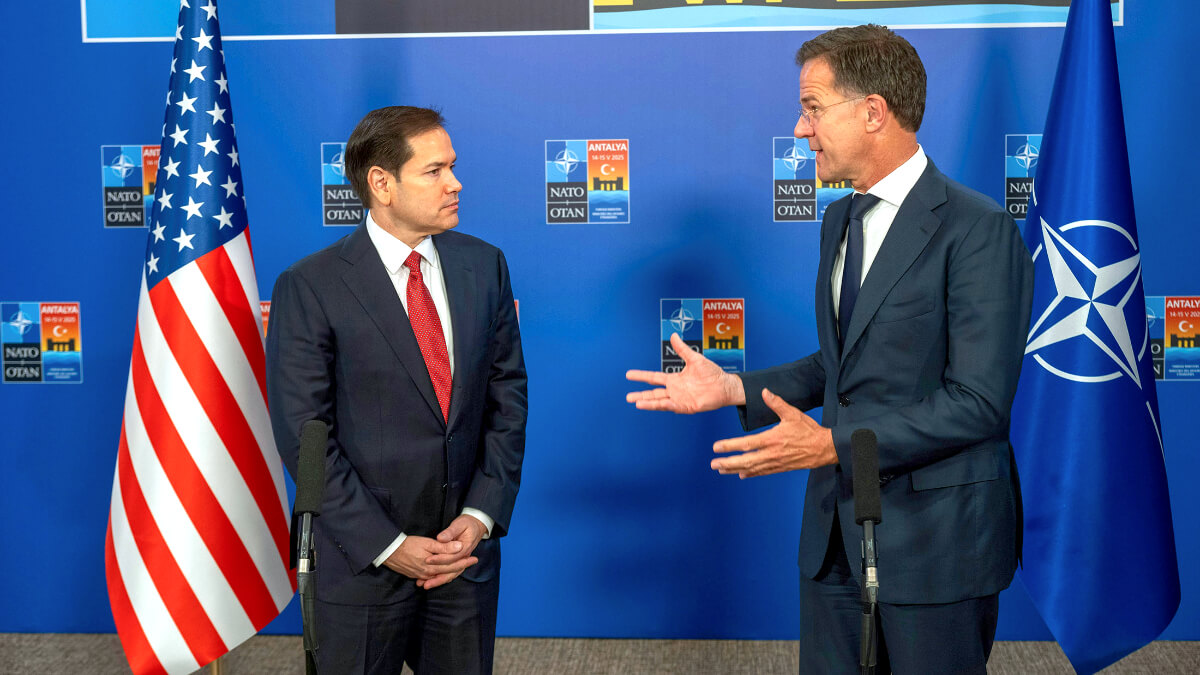
The second major proposal from the secretary general, which is expected to be given the green light in the historic city on the North Sea, is to ‘take firm steps towards a strong transatlantic defence industry, in which there is room for everyone, Europeans, Canadians and Americans’. The Alliance stresses that at the summit on 25 June, ‘we will be joining hands with the European Union to ensure that the defence industry is the main beneficiary of the 5 per cent’.
Both sides say they are holding ‘weekly’ meetings to ensure that non-EU NATO nations can use the new financing mechanisms put in place by Brussels. Norway has already achieved this, and the United Kingdom has recently done so, while the United States, Canada, Turkey and associated countries in the Indo-Pacific are calling for the limitations imposed by the Reliance on Europe Plan to be overcome and for access to the economic aid promoted by the President of the Commission, Ursula von der Leyen, Vice-President Kaja Kallas and the Commissioner for Defence and Space, Andrius Kubilius.
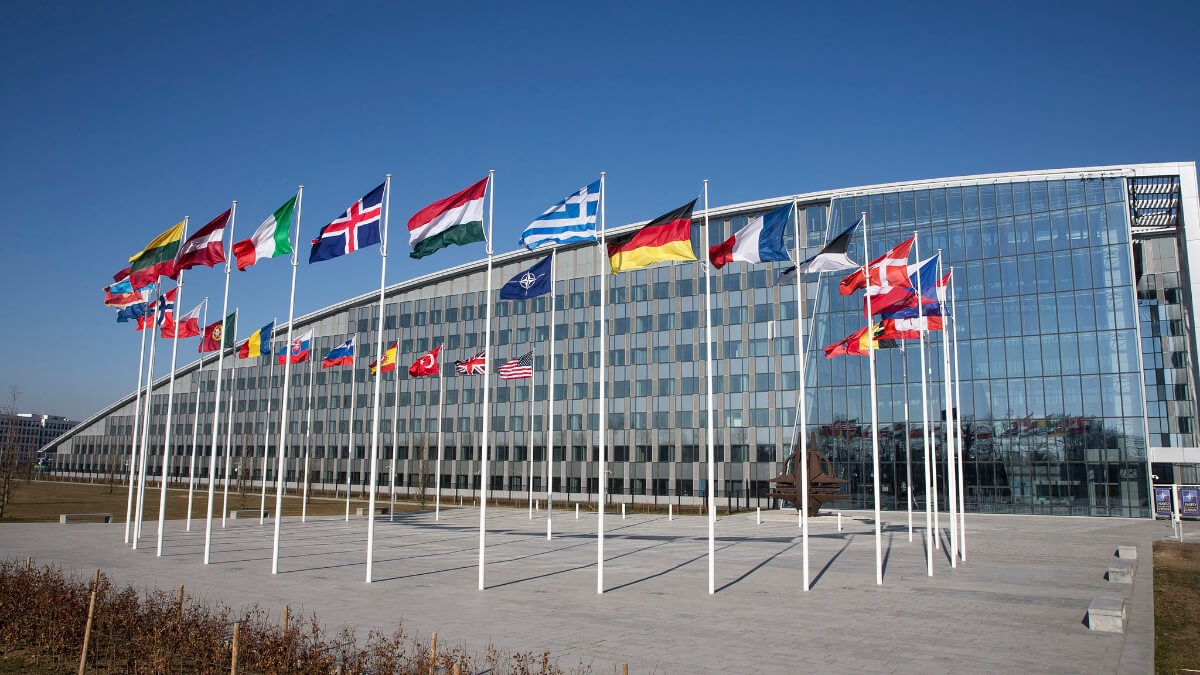
According to NATO, the aim is to generate ‘solid aggregate demand’ that will produce ‘innovative’ capabilities, with ‘long-term multinational projects, so that the defence industry knows what it has to do over the next 8 to 10 years’. However, NATO headquarters points out that ‘it is they who define the standards for military capabilities and who say what the industry should develop’.
As a first major step, NATO and the EU anticipate that, during the parallel events to be held in The Hague on the occasion of the summit, important packages of contracts will be signed between defence industries in Europe, North America and the Indo-Pacific. This will be by way of demonstration, to make it clear that the 3.5 + 1.5 formula is up and running and accompanies and supports the new era that Rutte wants to bring to the Atlantic Alliance.


